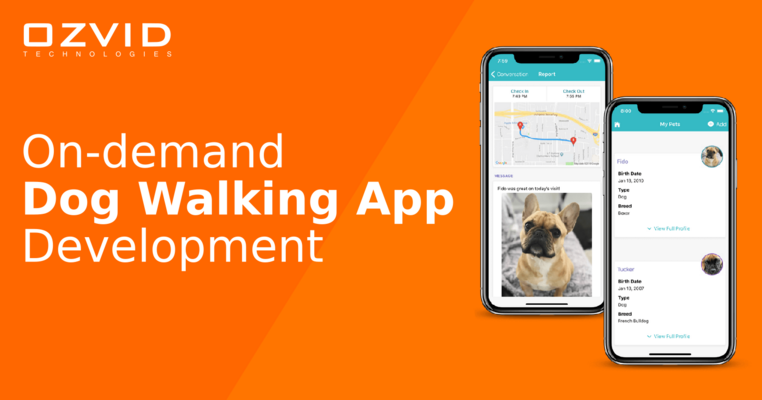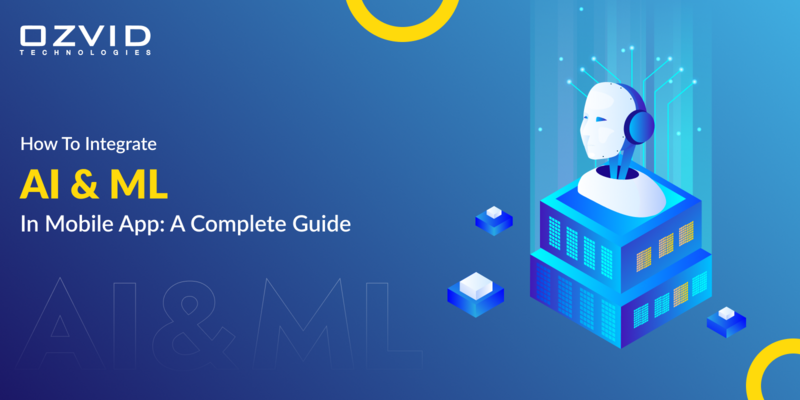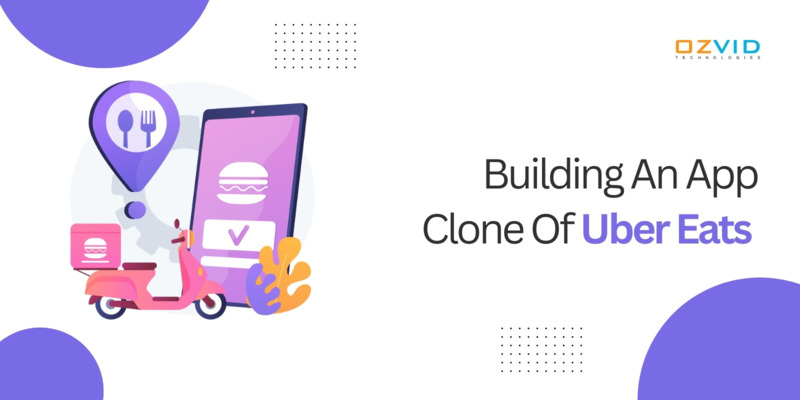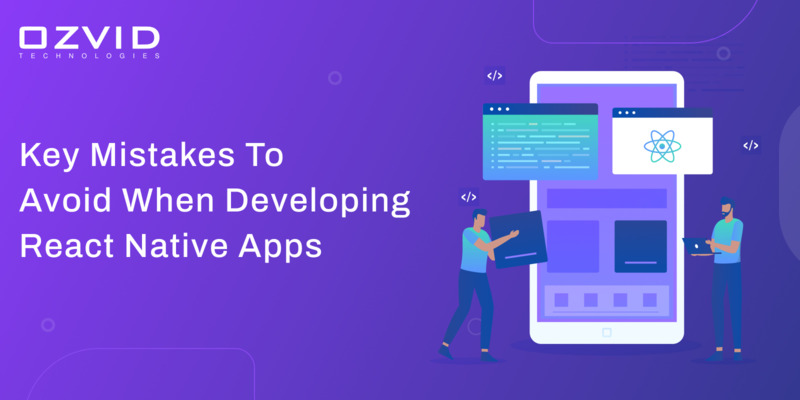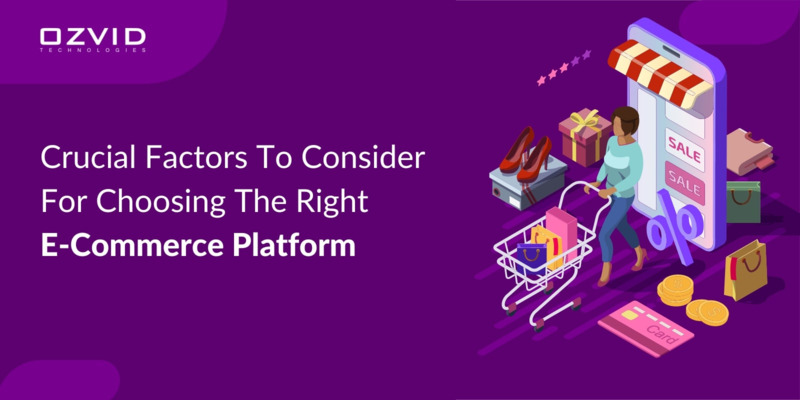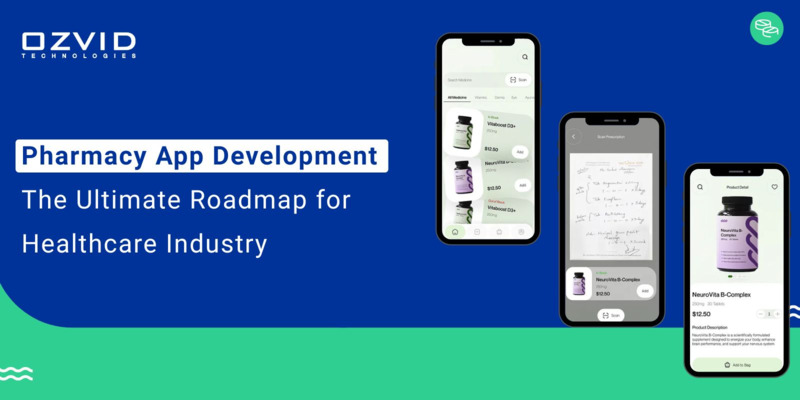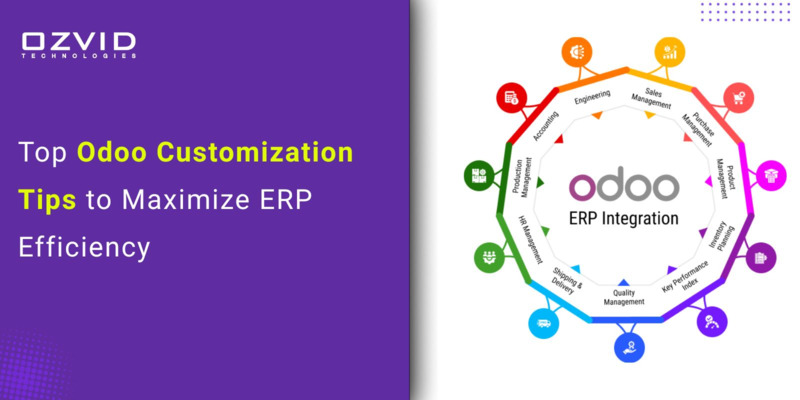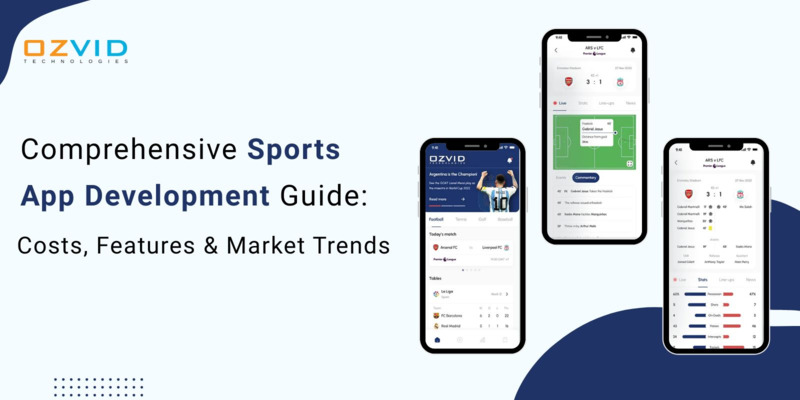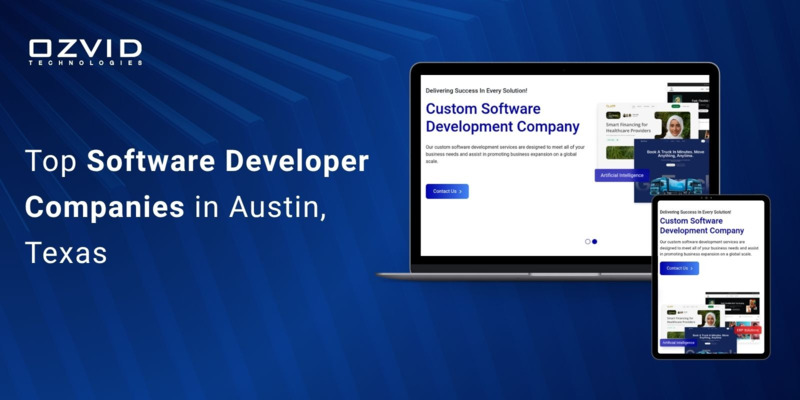- Aug 11, 2025
Share this post on:

Did you know that the global insurance market size is expected to reach $3.4 trillion by 2033, with a CAGR of 10.72%? The insurance industry has undergone a massive transformation in the past decade. Gone are the days when customers relied solely on phone calls or in-person visits to manage their insurance policies. With the rise of smartphones and digital services, insurance mobile apps have become an essential part of modern insurance businesses. These apps not only improve customer experience but also streamline operations for insurance providers, agents, and agencies.
As a leading insurance mobile app development company in USA, OZVID Technologies understands the critical role mobile solutions play in the digital success of insurance companies. Whether you are an established provider or a startup, building a custom insurance app can help you improve engagement, speed up processes, and drive business growth.
In this detailed guide, we will walk you through everything you need to know about insurance app development—from the reasons your company needs one, to the types, benefits, must-have features, development process, and the on demand insurance app development cost.
Key Takeaways
- Insurance mobile apps enhance customer experience, streamline claims, and boost operational efficiency.
- There are multiple types of insurance apps, each tailored to specific insurance needs and audiences.
- Key features like policy management, claims tracking, and CRM for insurance agents integration are essential.
- The on demand insurance app development cost depends on complexity, platform, features, and integrations.
Why Does an Insurance Company Need a Mobile App?
In a world where digital transformation is reshaping industries at lightning speed, the insurance sector can no longer afford to rely solely on traditional methods of customer engagement and service delivery. Today’s customers expect fast, convenient, and personalized experiences—similar to what they get from banking, shopping, and travel apps. A custom insurance mobile app bridges this expectation gap, empowering insurance companies to stay competitive, relevant, and profitable in a tech-driven marketplace.
Here’s why developing a mobile app for your insurance business has become a necessity rather than an option:
1. Meeting Modern Customer Expectations
The modern customer wants everything at their fingertips. With a mobile app, policyholders can instantly access their insurance plans, review coverage details, make payments, file claims, and contact support—without waiting in queues or filling out endless paperwork.
2. Streamlining Operations and Reducing Costs
Manual processing, phone-based customer service, and paper records are expensive and time-consuming. By digitizing these processes through an insurance app, companies can significantly cut operational costs, reduce human errors, and free up staff for more value-driven tasks.
3. Faster Claims Management
The claims process is often the most critical and sensitive part of an insurance relationship. A well-designed insurance mobile app enables customers to file claims with just a few taps, upload necessary documents or photos, and track claim status in real time—reducing processing times and boosting customer satisfaction.
4. Improved Agent Productivity through CRM Integration
By integrating the app with CRM for insurance agents or CRM software for insurance agencies, agents can efficiently manage customer data, track interactions, and receive timely reminders for follow-ups. This ensures no opportunity is missed and client relationships remain strong.
5. Strengthening Customer Loyalty and Retention
Push notifications, personalized offers, and real-time updates keep customers engaged and informed. Over time, these interactions build trust, making policyholders more likely to renew their plans and recommend the company to others.
6. Data-Driven Decision Making
A mobile app allows insurance providers to collect and analyze customer behavior data—such as most-used features, claim patterns, or payment preferences. This information can be used to tailor services, improve offerings, and make informed business decisions.
7. Expanding Market Reach
For companies aiming to expand geographically or reach younger, tech-savvy audiences, an insurance app serves as a powerful tool to attract new customers. With multilingual support, in-app chat, and intuitive design, insurers can cater to diverse audiences globally.
Types of Insurance Apps
When planning insurance mobile app development, one of the first decisions you need to make is identifying which type of app best suits your business model and target audience. Different types of insurance apps cater to different segments—some focus on policyholders, while others are designed for agents and agencies to manage clients through tools like CRM for insurance agents or insurance CRM platforms.
Below is a detailed breakdown of the most common and in-demand insurance app categories:
1. Health Insurance Apps
These apps are designed to help customers manage their health coverage with ease. They often allow users to:
- View policy details, coverage limits, and renewal dates.
- Search for network hospitals and clinics.
- Submit medical claims with digital documents.
- Track claim status in real time.
- Access telemedicine services and health tips.
A health insurance app significantly reduces paperwork and improves the claims process, ensuring customers receive timely medical care without hassle.
2. Life Insurance Apps
A life insurance app provides policyholders with tools to track premium payments, review policy terms, and manage beneficiary information. Key features often include:
- Premium calculators to help users choose plans.
- Notifications for upcoming premium due dates.
- Digital document storage for policy papers.
- Claims submission for life insurance benefits.
- Policy comparison options for additional coverage.
Life insurance apps help customers stay organized and informed about their long-term financial protection.
3. Auto Insurance Apps
Auto insurance is one of the most popular and competitive sectors in the insurance industry. Auto insurance apps typically include:
- Accident reporting with photo and location uploads.
- Roadside assistance requests.
- Digital proof of insurance for quick verification.
- Claim tracking for vehicle damage or theft.
- Premium payment and renewal options.
For users, these apps make it easy to handle emergencies and manage policies directly from their smartphones.
4. Travel Insurance Apps
Travel insurance apps are designed for travelers who want peace of mind while away from home. They usually offer:
- Quick policy purchase for single trips or annual coverage.
- Emergency contact details and assistance services.
- Real-time updates on travel advisories.
- Claim filing for lost baggage, medical emergencies, or trip cancellations.
- Easy renewal options for frequent travelers.
These apps ensure travelers get instant support and claims assistance, no matter where they are in the world.
5. Property and Home Insurance Apps
Property and home insurance apps help homeowners and landlords protect their investments. They include:
- Digital documentation of property details and insured assets.
- Claim submission for fire, theft, flood, or other damages.
- Quick quote generation for policy upgrades.
- Risk assessment tools to help users understand coverage needs.
Such apps provide transparency and speed when dealing with property-related claims.
6. Agent & Agency Management Apps
Some insurance apps are built specifically for professionals in the industry—agents, brokers, and agencies. These apps often integrate with CRM software for insurance agencies or insurance CRM platforms to:
- Manage customer profiles and leads.
- Track policy renewals and follow-ups.
- Automate client communication.
- Generate reports on sales performance.
This type of app is essential for agencies aiming to improve operational efficiency and strengthen customer relationships.
7. Multi-Insurance Platform Apps
A multi-insurance platform app combines several types of coverage—health, auto, life, property—into a single interface. Users can:
- Manage all policies in one place.
- Compare different insurance products.
- Access unified claims management.
- Receive personalized recommendations for new coverage.
These apps provide a one-stop solution for customers who have multiple insurance needs.
Benefits of a Custom Insurance Mobile App
Building a custom insurance mobile app can completely transform the way insurance companies operate and connect with their customers. Unlike generic solutions, a custom app is designed around your unique business processes, customer needs, and brand identity. Here’s a detailed look at the key benefits:
1. Enhanced Customer Engagement and Loyalty
A custom insurance app allows you to maintain direct and continuous communication with customers. Through features like push notifications, in-app messages, and personalized dashboards, you can keep clients updated about policy renewals, claim statuses, exclusive offers, and new services. This regular engagement not only improves customer satisfaction but also builds trust, leading to higher retention rates and stronger brand loyalty.
2. 24/7 Accessibility and Convenience
Today’s customers expect services to be available anytime, anywhere. A mobile app ensures that policyholders can access their insurance details, download documents, make payments, or file claims at their convenience—whether they’re at home, at work, or traveling. This eliminates the need for physical visits or lengthy phone calls, significantly improving the customer experience.
3. Faster and More Efficient Claims Processing
One of the biggest frustrations for insurance customers is the time it takes to process claims. With a custom insurance app, clients can instantly upload documents, photos, and other necessary evidence directly through the app. Automated systems and backend integrations then speed up verification and approval, reducing waiting times from weeks to days—or even hours in some cases.
4. Streamlined Business Operations
An insurance mobile app isn’t just a tool for customers—it’s also a powerful operational asset. By integrating with CRM for insurance agents and other backend systems, it can centralize customer data, automate repetitive tasks, and minimize paperwork. This allows insurance agents and support teams to focus on more strategic work, increasing productivity and efficiency.
5. Personalized Service and Offers
A custom app can be tailored to collect and analyze customer behavior data. With this information, your team can send targeted policy recommendations, upsell relevant coverage options, or offer loyalty rewards that fit the customer’s profile. Such personalization creates a more engaging experience and increases the chances of policy upgrades or additional purchases.
6. Cost Savings for the Business
While developing a custom insurance mobile app requires an initial investment, it significantly reduces operational costs over time. Automation minimizes the need for manual processes, reduces errors, and cuts down on the expenses associated with physical paperwork and customer service calls.
7. Secure Data Management
Insurance businesses handle sensitive customer information, including personal identification, financial data, and medical records. A custom app can be built with advanced security protocols, encrypted storage, and secure login options to ensure that this information is fully protected. This not only helps maintain compliance with data protection regulations but also reassures customers about their privacy.
8. Competitive Advantage in the Market
With more people managing their lives through mobile devices, having a high-quality insurance app can set your company apart from competitors who are still relying on traditional methods. A well-designed and feature-rich app signals innovation, customer focus, and reliability—all of which can attract new customers and retain existing ones.
9. Seamless Integration with CRM Software
A major advantage of custom insurance app development is the ability to integrate seamlessly with CRM software for insurance agencies. This ensures that customer interactions are tracked in real time, agents have immediate access to policyholder information, and marketing teams can run targeted campaigns more effectively.
10. Long-Term Scalability
A custom insurance mobile app can grow with your business. As your customer base expands or your services diversify, the app can be upgraded with new features, integrations, and functionalities without disrupting current operations. This scalability makes it a long-term investment that delivers ongoing returns.
Must-Have Features of an Insurance Mobile App
Building a successful insurance mobile app is not just about creating a platform for policyholders to check their insurance details. It’s about providing a seamless, secure, and engaging experience that meets the needs of both customers and insurance providers. At OZVID Technologies, we believe that a well-designed insurance app should combine powerful functionality with a user-friendly interface, ensuring every interaction builds trust and convenience.
Below are the must-have features we recommend for every insurance app development project:
1. Secure User Registration and Authentication
Security is the backbone of any insurance mobile app. Since users share sensitive personal and financial data, strong authentication measures are critical.
Features: Email/mobile verification, biometric login (fingerprint, face recognition), two-factor authentication.
Benefit: Builds customer trust and prevents unauthorized access.
2. Personalized User Profiles
Once registered, users should be able to create and manage their personal profiles.
Features: Upload profile photos, update personal information, link multiple insurance policies.
Benefit: Offers a personalized experience and ensures agents have updated customer details.
3. Comprehensive Policy Management
Policyholders should be able to view, download, and manage all their active and past policies in one place.
Features: Policy details, premium schedules, renewal reminders, and digital policy documents.
Benefit: Eliminates the need for physical paperwork and makes policy tracking effortless.
4. Hassle-Free Claim Filing and Tracking
One of the primary reasons customers use an insurance app is to submit and monitor claims.
Features: Upload supporting documents, attach accident photos, add incident descriptions, track claim status in real time.
Benefit: Speeds up the claims process and reduces follow-up calls to agents.
5. Integrated Payment Gateway
A secure, multi-option payment system is essential for smooth premium transactions.
Features: Credit/debit card payments, net banking, UPI, digital wallets, auto-debit setup.
Benefit: Makes policy renewals and premium payments quick and convenient.
6. Document Management System
The ability to upload, store, and retrieve important documents securely is a major convenience.
Features: Store IDs, licenses, medical records, and claim-related paperwork.
Benefit: Keeps all essential documents in one place, accessible 24/7.
7. Push Notifications and Alerts
Notifications are vital for keeping users informed about policy updates, payment due dates, and claim progress.
Features: Renewal alerts, claim status updates, promotional offers, and policy recommendations.
Benefit: Improves engagement and prevents missed deadlines.
8. AI-Powered Chatbot and Customer Support
Round-the-clock assistance enhances customer satisfaction.
Features: AI chatbot for common queries, live chat with support teams, email ticketing system.
Benefit: Reduces wait times and provides instant responses to policyholders.
9. CRM Integration for Insurance Agents
For agency-driven apps, integrating with CRM for insurance agents or CRM software for insurance agencies is a game changer.
Features: Lead tracking, customer interaction history, policy performance reports.
Benefit: Helps agents provide more targeted and efficient services.
10. Advanced Search and Filtering Options
Users should be able to quickly find relevant information about their policies, claims, or services.
Features: Search by policy type, claim status, premium amount, or date range.
Benefit: Saves time and enhances user experience.
11. Analytics and Reports
This feature is useful for both customers and insurance agencies.
Features: Customers can track claim history and policy usage; agencies can view performance metrics.
Benefit: Encourages informed decision-making and improves transparency.
12. Multi-Language and Multi-Currency Support
If your insurance business operates in different regions, multi-language and multi-currency capabilities are a must.
Features: Localized language options, currency conversion for premium payments.
Benefit: Expands reach and ensures inclusivity for all users.
13. Geo-Location and Emergency Assistance
This is especially beneficial for auto and travel insurance apps.
Features: Locate nearby hospitals, police stations, or service centers; send location in emergencies.
Benefit: Provides immediate help in urgent situations.
14. Data Encryption and Compliance
Meeting industry security standards is essential for protecting sensitive insurance data.
Features: End-to-end encryption, GDPR and HIPAA compliance (for health insurance apps).
Benefit: Ensures regulatory compliance and builds customer trust.
How to Develop an Insurance Mobile App?
Building a successful insurance mobile app involves much more than coding an idea into existence. It requires in-depth market understanding, well-defined features, a user-friendly design, robust backend infrastructure, and strong post-launch support. At OZVID Technologies, we follow a carefully structured process to ensure your insurance app not only meets your business needs but also exceeds customer expectations.
Below is our step-by-step development roadmap:
1. In-Depth Market Research & Competitive Analysis
Before starting development, we conduct thorough research into:
- Target Audience – Who will use the app? Policyholders, agents, or both? What age group, profession, and device preferences do they have?
- Competitor Apps – Analyzing existing insurance apps to identify what works, what doesn’t, and what gaps can be filled.
- User Pain Points – Understanding common frustrations in traditional insurance services, such as lengthy claim processes or lack of transparency, to design solutions that address them.
This stage ensures that the insurance app development is based on facts, not assumptions, and aligns with both customer expectations and industry trends.
2. Defining the App’s Core Objectives & Scope
Once the research is complete, we work closely with you to define:
- Purpose – Will the app focus on customer self-service, claims management, or agent productivity via CRM for insurance agents?
- Feature List – Identifying must-have features like policy management, claim tracking, payment integration, and CRM connectivity.
- Business Goals – Whether it’s improving customer engagement, boosting retention, or cutting operational costs, clear goals keep the project on track.
This step creates a clear development roadmap that minimizes costly revisions later.
3. Choosing the Right Technology Stack
The technology used in insurance app development plays a critical role in its speed, performance, and scalability. We select the stack based on:
- Platform Choice – Native (iOS/Android) or cross-platform frameworks like Flutter or React Native.
- Backend Infrastructure – Robust server architecture to handle large volumes of user data securely.
- Integrations – APIs for payment processing, insurance CRM, and document verification tools.
- Security Measures – Encryption, multi-factor authentication, and compliance with regulations like HIPAA for health insurance apps.
4. Creating User-Centric UI/UX Design
User experience is the heart of a successful insurance mobile app. Our design team focuses on:
- Simple Navigation – Easy access to policies, claims, and contact options.
- Consistent Branding – Matching your company’s brand identity for a professional feel.
- Interactive Elements – Clear call-to-action buttons, dynamic forms, and visual claim trackers.
- Accessibility – Designing for all age groups, including seniors who may find technology challenging.
5. Developing the App’s Frontend & Backend
This is the execution phase where your app’s functionality takes shape.
- Frontend Development – Creating the parts of the app users interact with, ensuring smooth animations, fast loading times, and compatibility across devices.
- Backend Development – Building the server, database, and APIs that power features like policy storage, CRM integration, and document verification.
- Data Security – Implementing secure cloud storage, encrypted communication, and GDPR-compliant privacy measures.
6. Integration with CRM Software for Insurance Agencies
- For agents and insurance companies, connecting the app to CRM software for insurance agencies is a game-changer. It allows:
- Centralized customer data management.
- Automated policy renewal reminders.
- Better lead tracking and conversion.
- Seamless communication between agents and clients.
7. Testing & Quality Assurance (QA)
A flawless app launch requires rigorous testing. We perform:
- Functional Testing – Ensuring every feature works as intended.
- Usability Testing – Checking if the app is easy to use for the target audience.
- Security Testing – Identifying and fixing vulnerabilities.
- Performance Testing – Ensuring the app runs smoothly under high traffic.
Our QA team conducts testing across multiple devices and operating systems to ensure maximum coverage.
8. Launch & App Store Optimization (ASO)
Once the app passes all quality checks, we prepare it for launch. This involves:
- App Store Submission – Publishing the app on Google Play Store and Apple App Store.
- ASO Techniques – Writing optimized titles, descriptions, and keywords to improve discoverability.
- Marketing Support – Running promotional campaigns to boost downloads in the first week.
9. Post-Launch Support & Updates
Launching the app is just the beginning. Our insurance app development services include:
- Bug fixing and performance monitoring.
- Adding new features based on customer feedback.
- Updating the app to remain compatible with OS updates.
- Continuous optimization to improve customer engagement and retention.
How Much Does It Cost to Develop an Insurance Mobile App?
When planning to invest in insurance app development, one of the first questions that comes to mind is, “How much will it cost?” The on demand insurance app development cost varies significantly depending on your requirements, target audience, and chosen features. At OZVID Technologies, we believe in offering a transparent, customized cost breakdown so you know exactly what you are paying for and why.
Type of App | Features & Scope | Estimated Cost Range (USD) |
|---|---|---|
Basic Insurance App | Policy viewing, premium payment, basic profile management | $25,000 – $40,000 |
Mid-Level Insurance App | Policy management, claim submission, payment integration, push notifications, customer support | $45,000 – $80,000 |
Advanced Custom Insurance App with CRM | Full policy management, AI chatbots, predictive analytics, CRM for insurance agents integration, advanced security & compliance, multi-platform support | $85,000 – $120,000+ |
Several factors influence the final budget for your insurance mobile app:
1. Type of Insurance App
The complexity and category of your app play a major role in determining cost. For example:
- A basic insurance app with essential features like policy viewing and premium payments will be more affordable.
- A fully-featured custom insurance mobile app with claim tracking, AI-based recommendations, and CRM for insurance agents will require a larger budget.
2. Features and Functionalities
The more advanced the features, the higher the investment. Must-have features like policy management, claim submissions, and payment integration are relatively standard, while custom solutions such as AI chatbots, predictive analytics, and insurance CRM integrations increase the development time and cost.
3. Platform Selection
Building your insurance app for a single platform (Android or iOS) is more cost-effective than launching on both. However, targeting both platforms maximizes reach and user adoption. Cross-platform development can also be a smart choice to save time and resources.
4. UI/UX Design Quality
A sleek, user-friendly interface improves customer satisfaction and retention rates. Custom designs tailored to your brand identity require more effort but make a lasting impact.
5. Third-Party Integrations
Integrating with CRM software for insurance agencies, payment gateways, e-signature services, or third-party data sources adds value but also increases development costs.
6. Security and Compliance Requirements
Insurance apps deal with sensitive customer data, so implementing top-level security protocols and meeting compliance standards like HIPAA (for health insurance apps) or GDPR is crucial. This level of security demands skilled expertise and additional investment.
7. Development Team Location
Hiring an insurance mobile app development company in USA ensures you get high-quality development, compliance with local regulations, and seamless communication. However, the cost will generally be higher than outsourcing to offshore teams.
Estimated Cost Range
While there is no one-size-fits-all price, here’s a general range based on project size and complexity:
Basic Insurance App – $25,000 to $40,000
Mid-Level Insurance App – $45,000 to $80,000
Advanced, Custom-Built App with CRM Integration – $85,000 to $120,000+
These figures are only estimates. The actual on demand insurance app development cost will depend on your specific needs, timeline, and chosen feature set.
Conclusion
In the digital era, an insurance mobile app is no longer a luxury—it’s a necessity for any insurance business aiming to stay competitive. From streamlining claims to boosting customer engagement and improving operational efficiency, insurance app development offers countless advantages.
At OZVID Technologies, we specialize in delivering end-to-end insurance app development services tailored to your business goals. Whether you need a customer-facing app, an agent-focused solution with CRM for insurance agents, or an advanced insurance CRM integration, we have the expertise to make it happen.
Partner with the leading insurance mobile app development company in USA and transform your insurance business with cutting-edge technology. Contact us today to discuss your insurance app project and get a detailed quote on the on demand insurance app development cost.
FAQ's
1. What is the role of CRM for insurance agents in a mobile app?
CRM for insurance agents helps track client interactions, manage policies, and automate follow-ups within the mobile app, ensuring better customer service, organized data management, and improved conversion rates for insurance businesses.
2. What role does UI/UX design play in insurance app development?
A well-crafted UI/UX design improves user navigation, boosts customer engagement, and ensures that policyholders can easily access services, ultimately increasing app adoption rates and client satisfaction.
3. How do push notifications add value to an insurance app?
Push notifications keep customers informed about policy renewals, claim status updates, new offers, and alerts, driving engagement while ensuring timely actions from policyholders without the need for direct calls or emails.
4. How does integrating AI enhance insurance app functionality?
AI integration in insurance apps can offer predictive risk assessment, personalized policy recommendations, automated customer support through chatbots, and fraud detection, making the insurance app smarter, more responsive, and more efficient.

